You can trust Cyclingnews

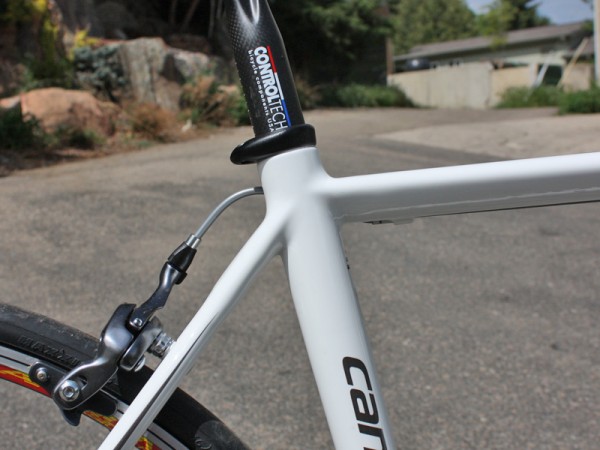
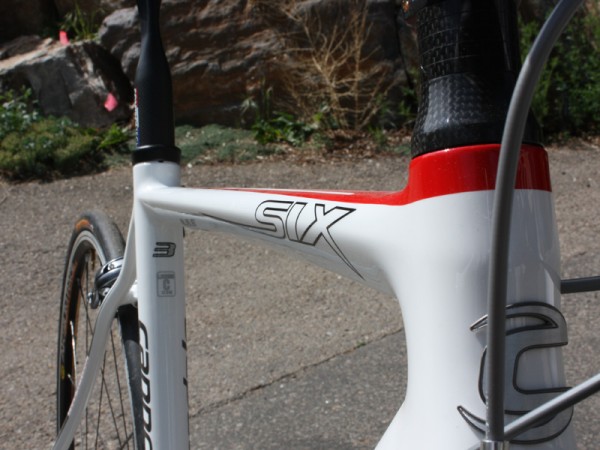
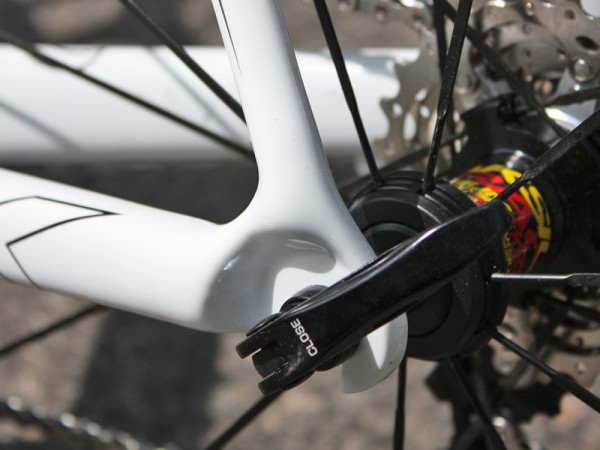
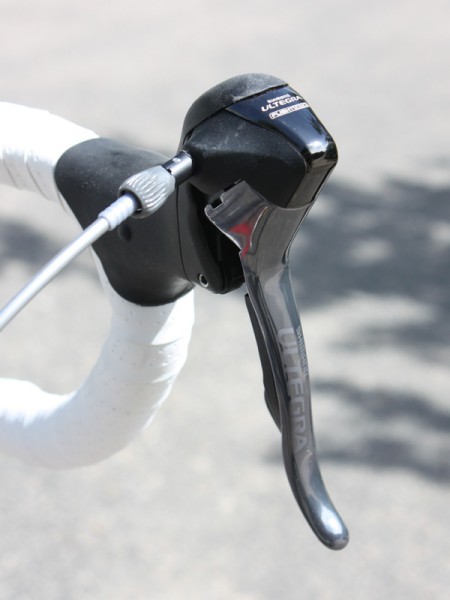
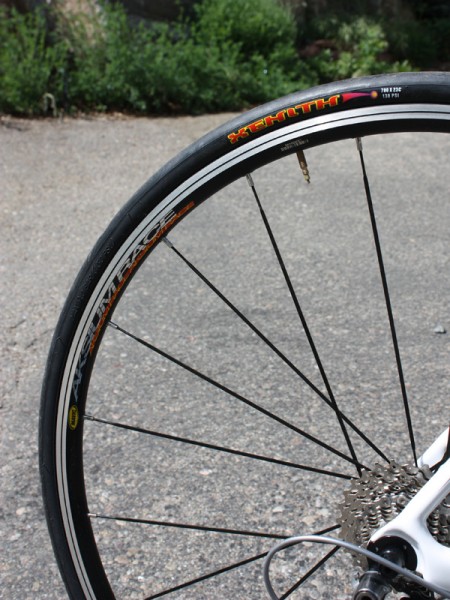
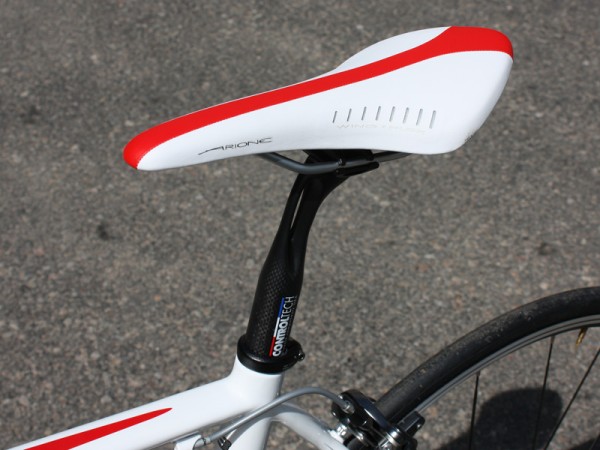
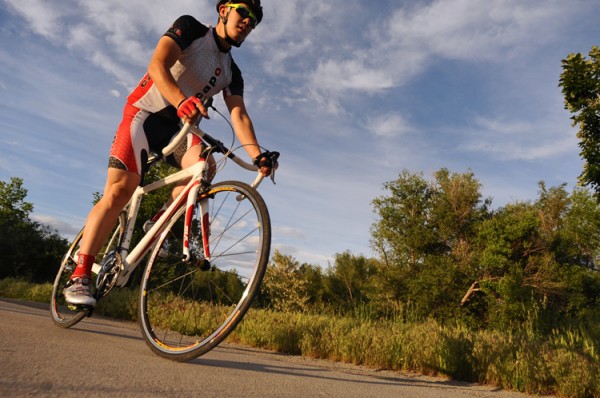
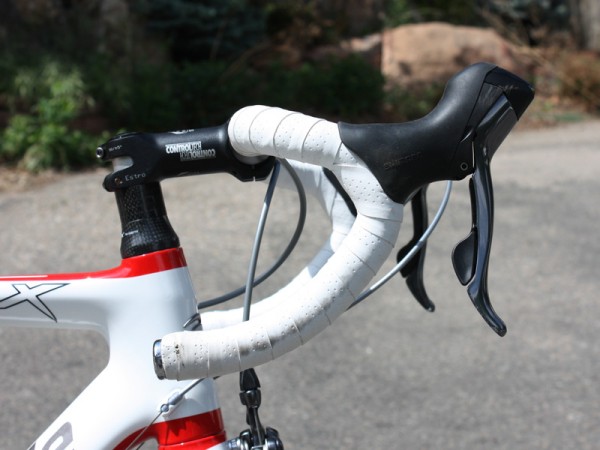
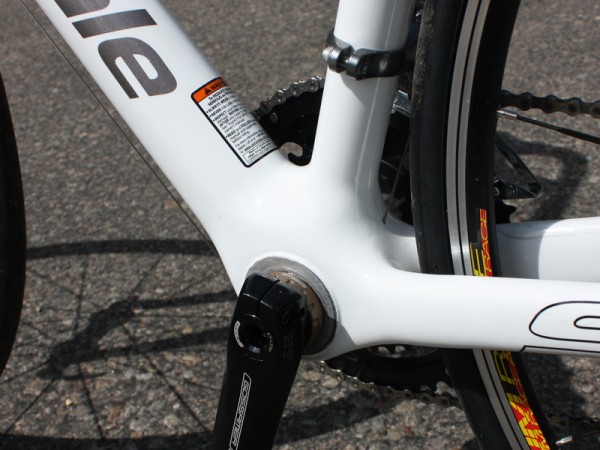
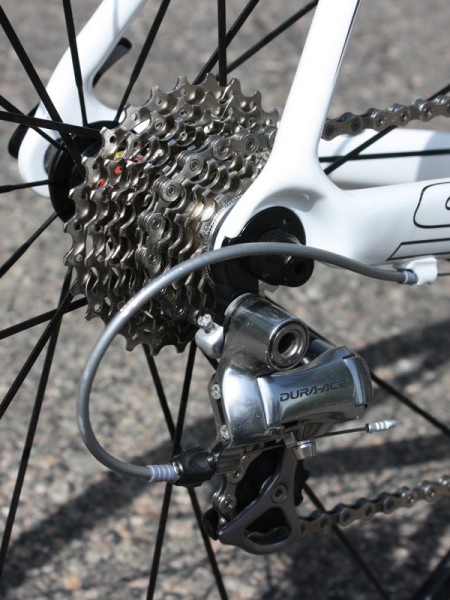
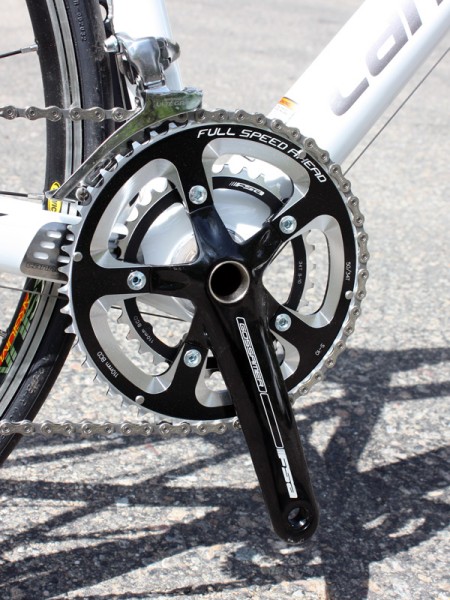
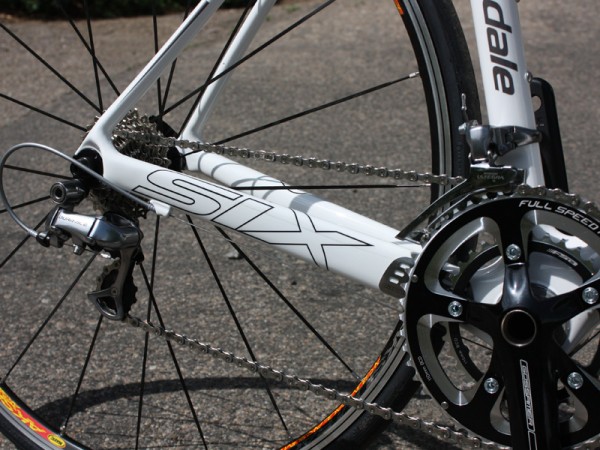
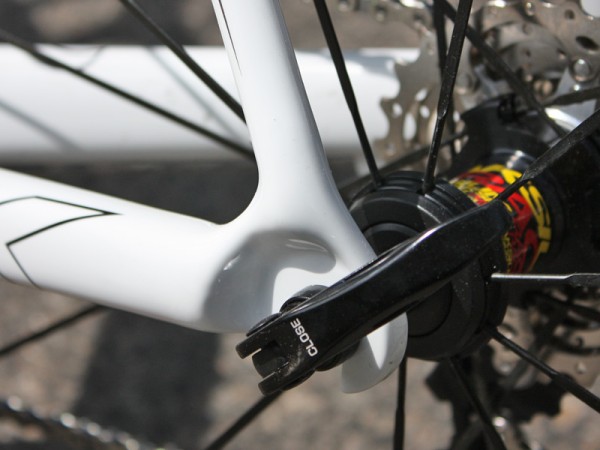
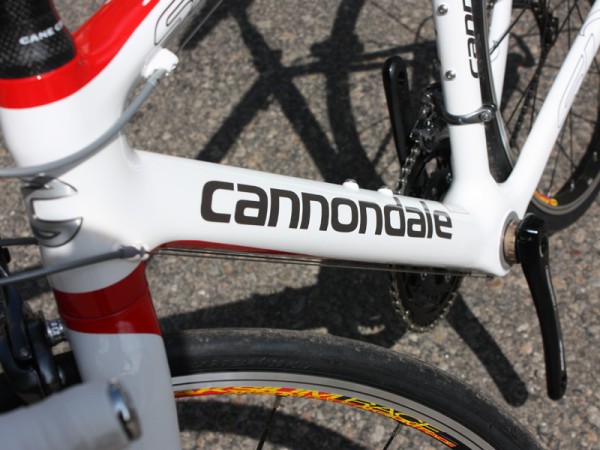
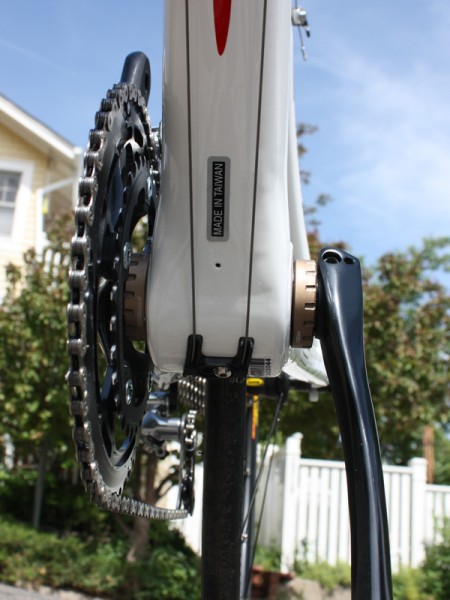
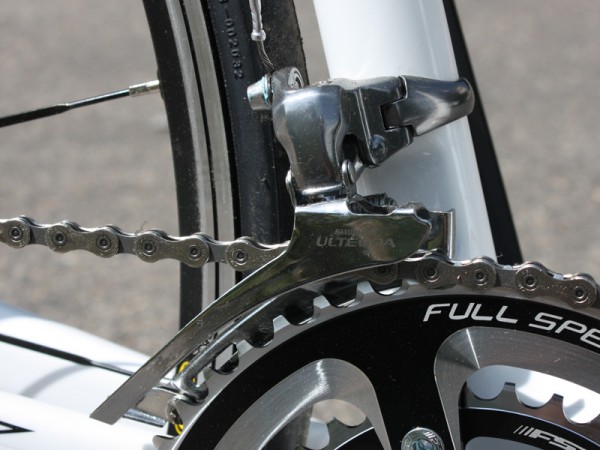
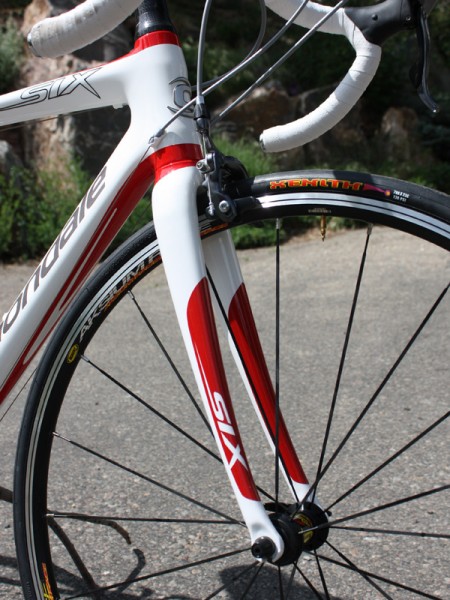
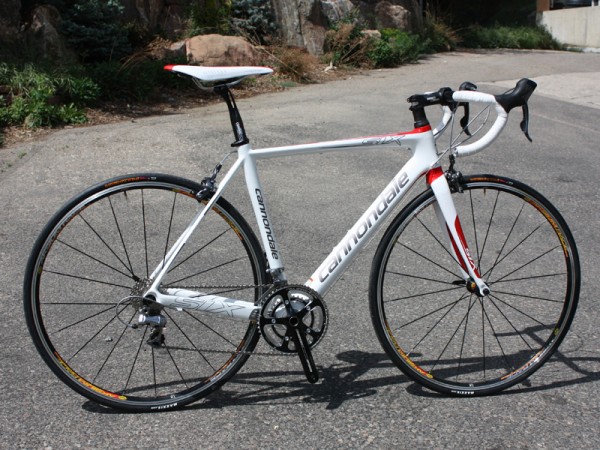

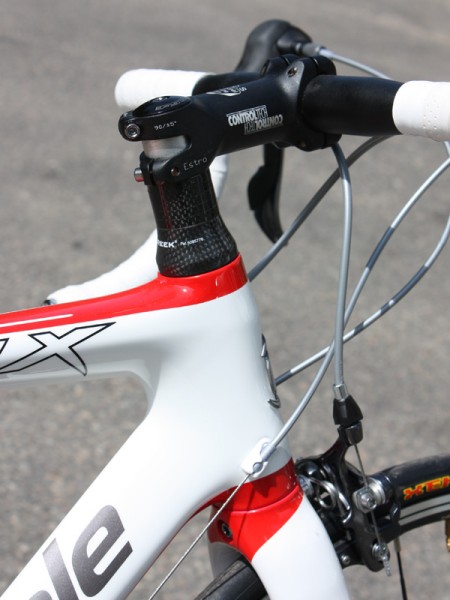
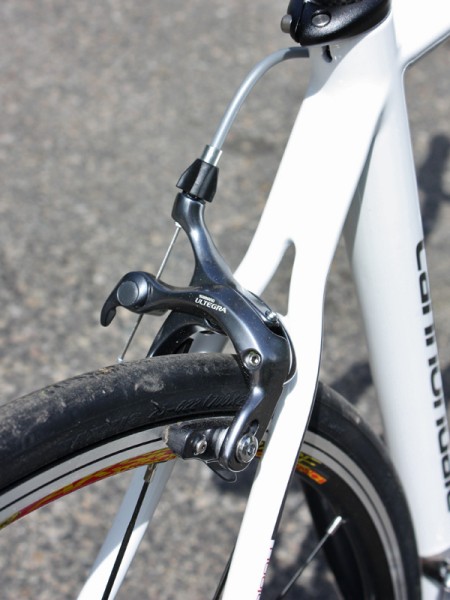
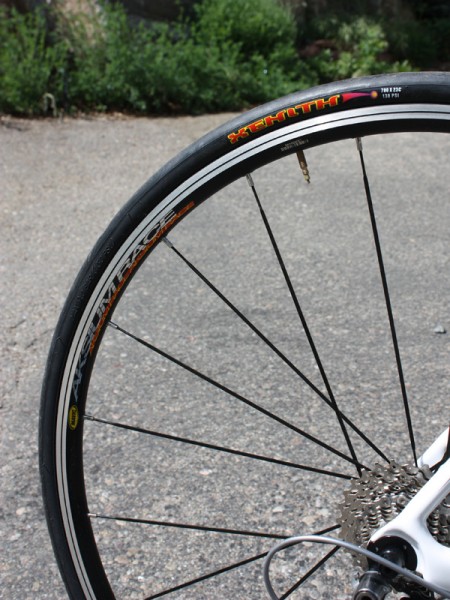
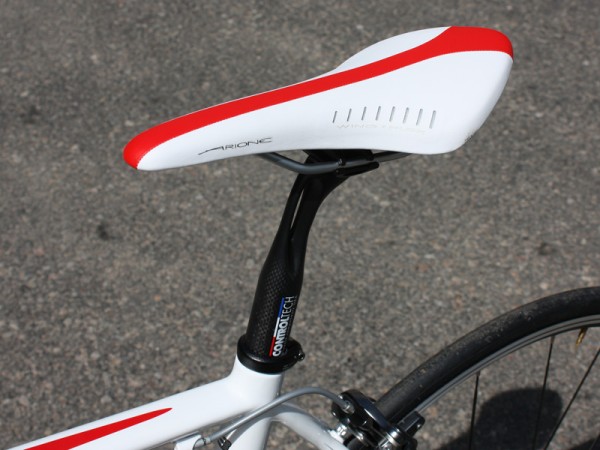
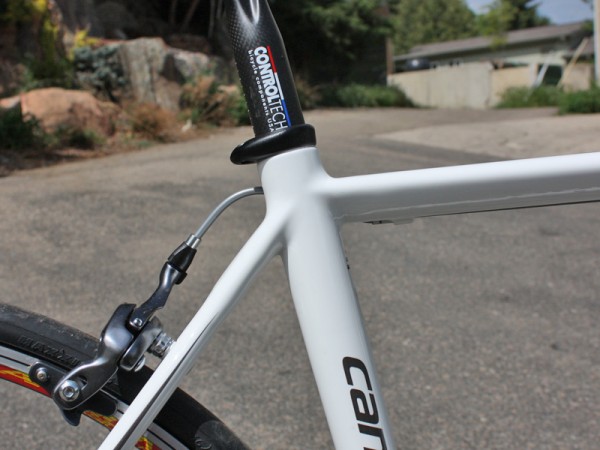
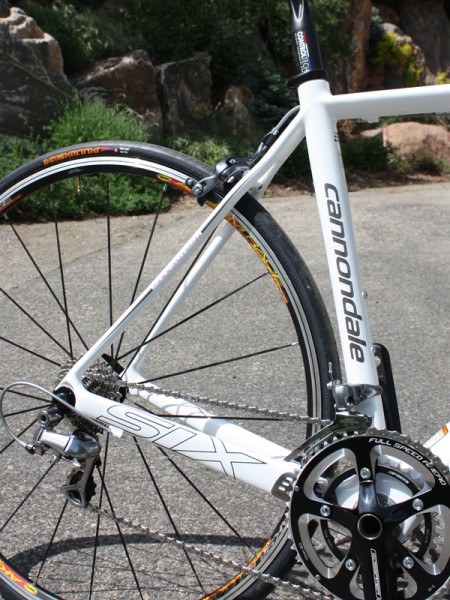
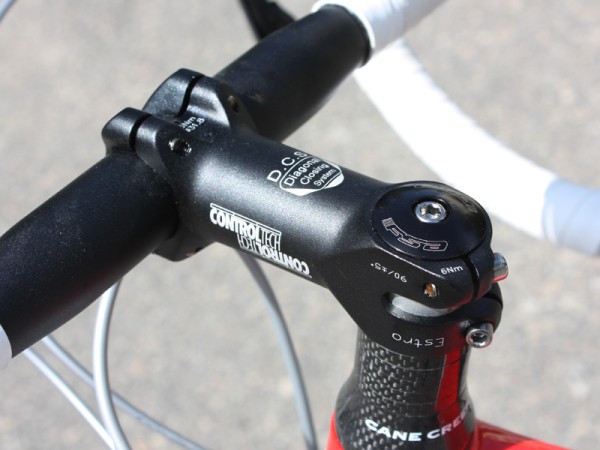
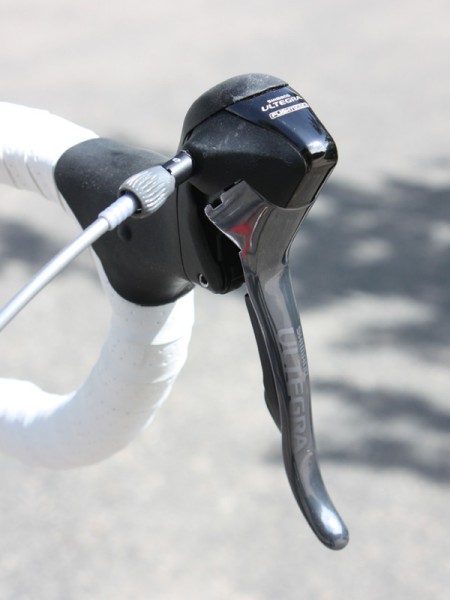
Cannondale's Six Carbon 3 Compact has the look of a capable all-round racer but perhaps a little too much substance to go with it.
At first glance, the frameset is a near clone of the company's top-end SuperSix, what with its similarly rounded-triangular profile down tube and top tube, giant asymmetrical chainstays, whisper-thin hourglass seatstays and chunky fork. Cannondale even give it a similarly racy red-and-white paint job and the exact same geometry.
The resultant performance is a close copy in many ways as a result. Front triangle torsional stiffness is spot-on with the far more expensive flagship (Cannondale engineers confirmed our impressions as such) and drivetrain rigidity is just a few ticks behind (just nine percent according to Cannondale) – in both cases putting it among the stoutest examples out there.
As such, the Six Carbon exhibits just the slightest hint of noticeable twist up front when out of the saddle or muscling the bike through corners and there's little sway down below when you really lay it down – budget-minded quadzillas who have found other comparable bikes too soft, step right up.
Likewise, handling is exactly what we've experienced on the SuperSix with appropriately race-bike-quick turn-in that confidently settles an arc in the curves and yet is still reasonably stable at high speed – we even surreptitiously motorpaced behind a landscaping truck (not recommended behaviour!) for about 8km at well over 80kmh and never once felt uneasy.
Comfort-wise, the Six Carbon is again just barely a half step behind its far more expensive cousin. In addition to the usual road buzz, bigger bumps are also duly muted and severely washboarded dirt roads are made surprisingly tolerable as well.
Even with the superb front end and drivetrain stiffness, we were still impressively fresh even after rides approaching the five-hour mark.

Give and take
So the Six Carbon is everything that the SuperSix is but with a cheaper price tag, right? Not quite. At US$2,999 for the complete bike, something's got to give and the humbler Six Carbon has to make do with a lot more weight – a substantial 1,380g for our bare 52cm tester to be precise, which is more than we would expect for a reasonably high-end full-carbon machine.
Credit the Six Carbon's lower grade of carbon relative to the SuperSix – meaning more of it is needed – and its more typical modular monocoque construction for the extra mass: both have one-piece front triangles but the Six Carbon's stays are plugged and bonded into more conventional sockets and then overwrapped with carbon, thus leaving more redundant material.
The fork is an even worse offender. Its massive aluminium crown and steerer make for an equally massive 700g on the scale – about the same as a Colnago Precisa steel fork. On the plus side, the burly construction is exceedingly robust, making for excellent steering precision and a solid feel under hard braking.
While the Six Carbon is nearly as comfortable as the SuperSix, its ride quality is more wooden and notably less lively – the test numbers may suggest one thing but the Six Carbon just doesn't speak to the senses in the same way.

Build kit – more of the same
Much of that superb chassis rigidity is further muddled by the complete bike's 8.5kg (18.74lb) total weight – without pedals – though at least the mixed bag of parts works well together.
Shimano Ultegra SL STI Dual Control levers are connected to an Ultegra SL front derailleur, Dura-Ace 7800 rear derailleur and 105 cassette for smooth and quiet shifts even with the mismatching KMC chain.
Our test bike's Ultegra SL brake calipers provide their usual high-powered and controllable stopping ability, though production units apparently come with lesser Tektro clampers instead.
FSA provide the competent Gossamer crankset – in either compact or standard depending on your preference – but early production models (like our tester) are saddled with the MegaExo version instead of the lighter and stiffer BB30 one. Tack on another 67g plus the weight of the adapter cups as a result, but Cannondale report that later samples were properly BB30-equipped, so shop carefully.
Rolling stock comes courtesy of a Mavic Aksium wheels and Maxxis Xenith clinchers – not much to complain about here as the former are smooth-rolling and stout while the latter offer excellent cornering grip. The wheels' 1,855g-claimed weight doesn't help matters though and swapping in a lighter set of hoops breathes noticeable life into the package.
Finishing things off are a Control Tech aluminium stem, comfy aluminium anatomic bar and carbon-wrapped seatpost topped with a Fizik Arione saddle. Again, all perfectly functional stuff.
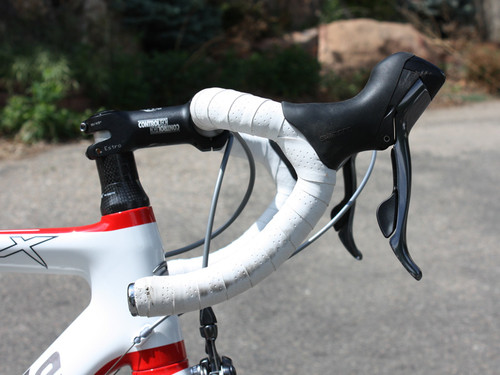
Comfy cruiser
Overall, we'd say the Cannondale Six Carbon 3 is a comfy way to eat up lots of distance but it's best not to expect lightning-fast changes in speed – 'deliberate' is the name of the game. For those looking for a refined ride at a reasonable price this is a decent way to go but we can't help but suggest that potential buyers wait for the 2010 version, which will reportedly come with a carbon steerer (lopping off several hundred grams by our estimates) and a lighter frame.
Privateer racers, on the other hand, should seriously consider sticking to Cannondale's aluminium CAAD 9 frame, which is both lighter and cheaper than the Six Carbon. In fact, we'll soon be building up our own and price will definitely be a major factor in the build – stay tuned.